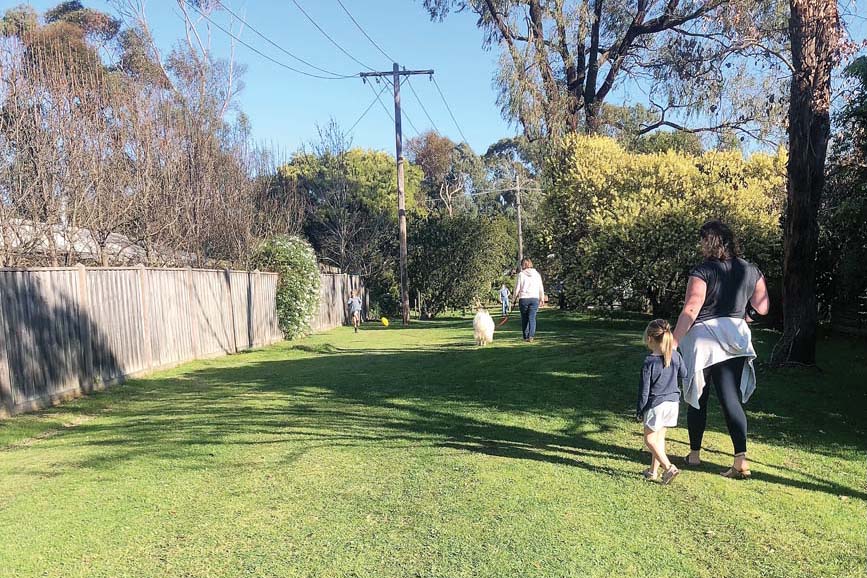URBAN areas of the Mornington Peninsula are dotted with nature strips and small plots of public land.
However, efforts to use some of this land for recreation, growing vegetables or even flowers, can turn into a bureaucratic minefield.
Efforts last month to persuade Mornington Peninsula Shire councillors to back a group of Balnarring residents, the Elisabeth Park Project Group, to turn a slice of public land into a “community space” fell on deaf ears.
No councillor spoke against the notice of motion proposed by Cr David Gill to help the residents near Elisabeth Street but, when it came to the vote, six of the 11 councillors voted against, meaning that Cr Gill’s suggestion was rejected.
Because no one indicated their opposition, Cr Gill was not called on to further explain what the residents wanted.
Cr Gill told The News that it was “very disheartening … to have a negative reaction on such a positive initiative”.
Allowing residents to use the land would create “a safe, low-cost outdoor setting that could be a template for many similar wasted and disused spaces around the shire”.
“It is only about 25 metres wide and 70 metres long, ideal for a neighbourhood community space,” Cr Gill said.
Late last year Balnarring resident Greg Merlo was threatened with a $2400 fine for growing vegetables (which he shared with neighbours) on a walkway between two properties in Wattle Street (“Red tape crushes a ‘community garden’” The News 18/8/21).
The latest piece of land in question in Elisabeth Street, Balnarring is a former road reserve and a pipeline easement for underground sewerage, water and overhead electricity. Officially, its “development as a park is not identified in the shire’s play space strategy”.
Adding strength to this assertion, a comment placed on the 27 August council meeting agenda by recreation and open space coordinator Jo-Anne Elvish, listed a few obstacles to the residents being able to develop their own park.
Included on the list was that the two house block-sized land was too small to be categorised as a park (again officially, it is a “minor level undeveloped area”) and, on the legal side of things, the Elisabeth Park Project Group would need to be incorporated and insured to receive any financial support from council.
However, Ms Elvish was not entirely against the land being formalised as a “koala corridor” with planting and a formal footpath and suggested an alternative would be for the shire’s natural resources team follow this path “to confirm what can be achieved in the space”.
But it seems none of the six councillors who voted against Cr Gill’s motion liked the sound of this alternative. It is unknown if they read Ms Elvish’s suggestion. If they had, none of them mentioned it publicly at the meeting.
Cr Gill is trying again this week (24 August council meeting), with another motion that, if adopted, would broaden the shire’s approach to the public use of small pockets of land.
He wants the council to “promote discussion and listen to input from our community, on views regarding roadside gardens (nature strips) in residential areas”.
“The intention is to learn more about the issues and concerns and take guidance on community attitudes to improving our streetscapes and ensuring environmentally friendly outcomes for people living and working on the peninsula,” he said.




